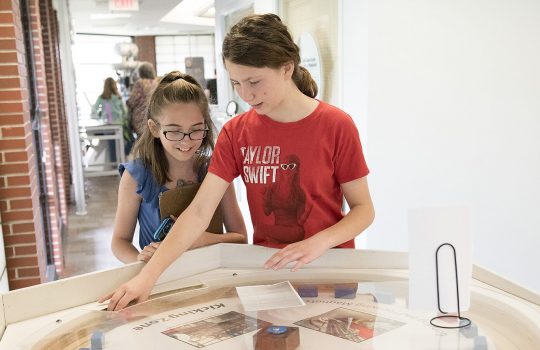Atomic clocks are reinventing time
From Bloomberg Quicktake, Feb. 23. 2021: In this video, Fermilab scientist Don Lincoln adds his perspective on time dilation and how it affects time and gravity. This precise measurement of time will allow scientists to measure plates, large movements deep below earth’s surface and climate change.


